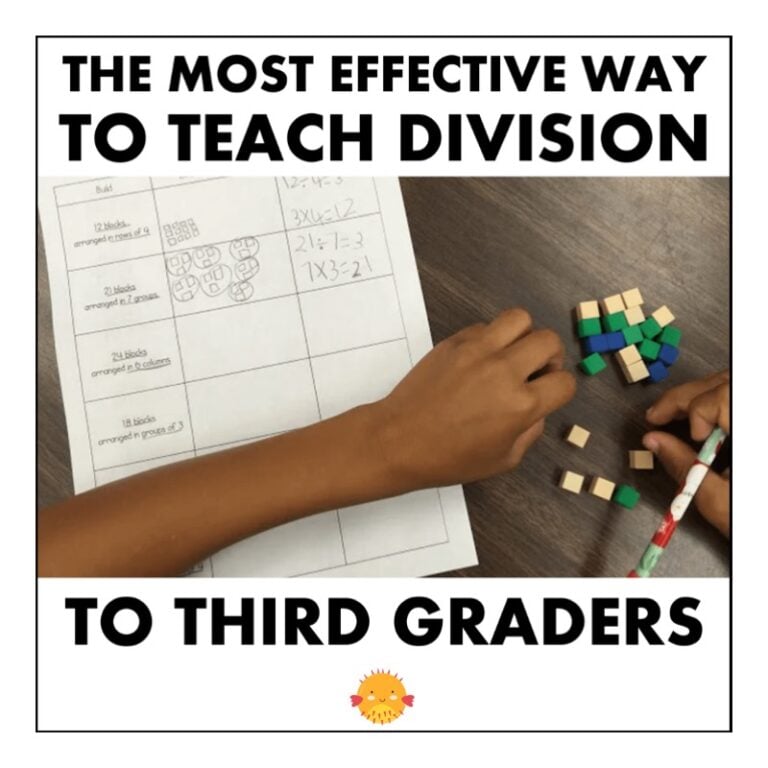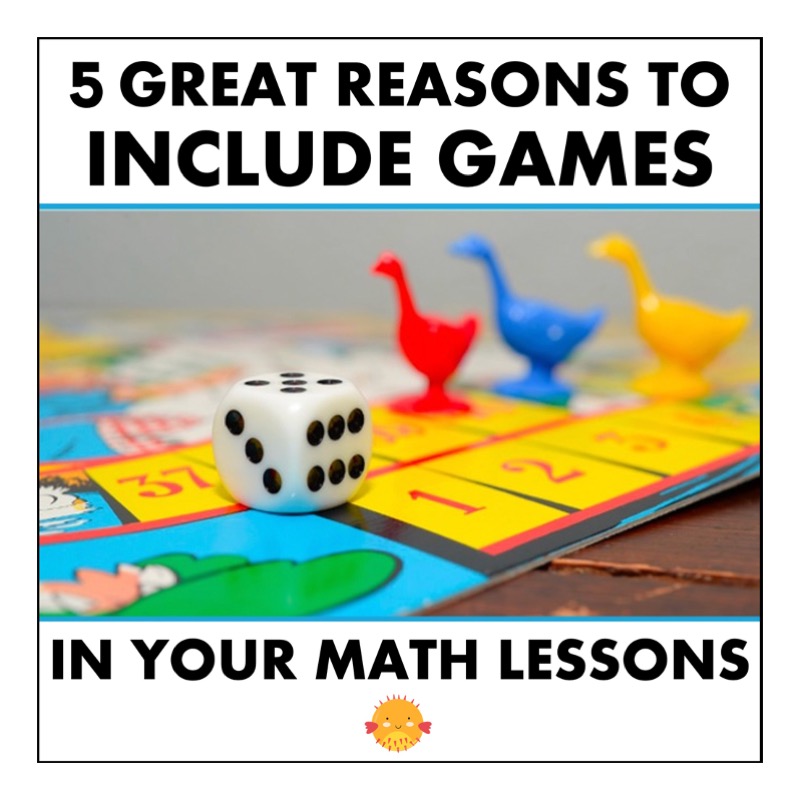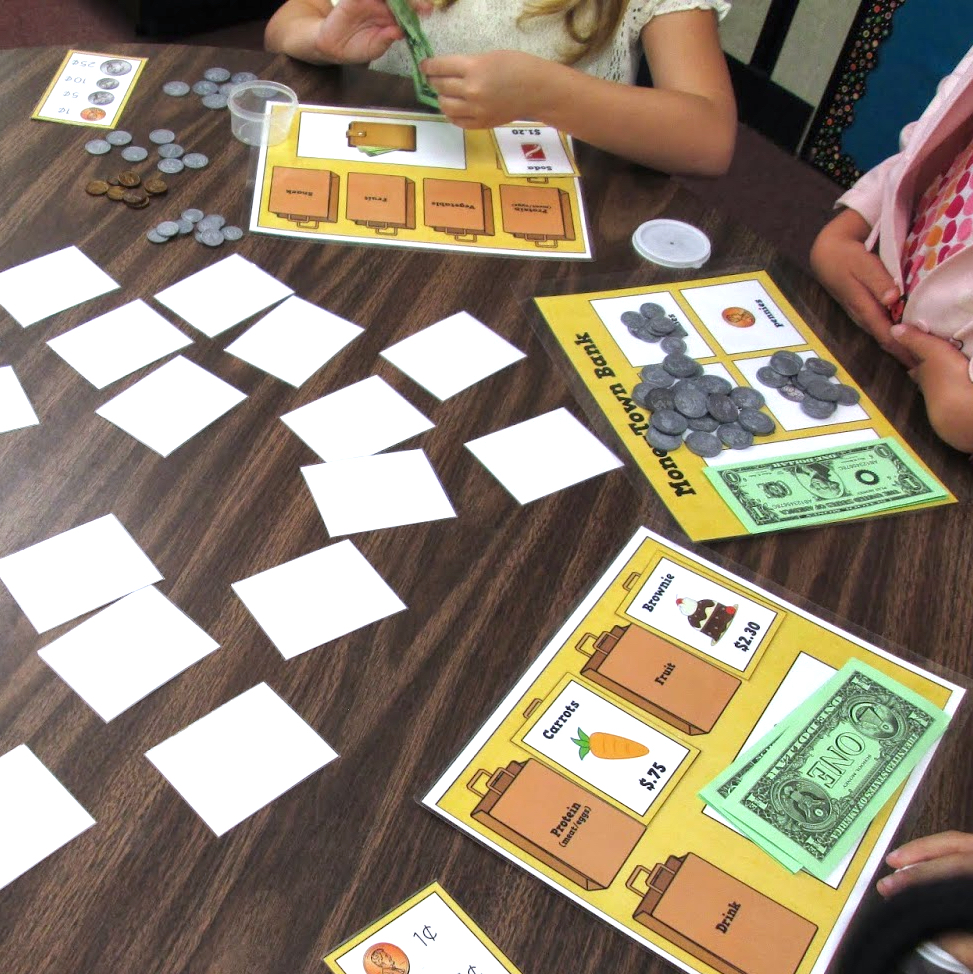
Using Games to Teach Math: 5 Amazing Ways They Boost Learning
How often do your students play games in the classroom? Do you bring them out only on special occasions? Maybe use them for Fun Friday? Do you avoid using games in your classroom because they are too NOISY?
Well, let me tell you…. using games to teach math is an amazing way to get kids learning without even knowing it!

.
Why You Should Be Using Games to Teach Math
Here are 5 great reasons games should be a regular part of your math instruction:
.
Games Build Computational Fluency
This is something we want all of our students to have. A lack of fluency can become a serious impediment to performance in math. When all of a student’s effort is spent on figuring out basic facts, they can’t focus on the real work of math which is problem solving.
There are MANY games out there that build math fluency. One of my favorite store-bought ones is Sumoku. It’s great for practicing repeated addition and building multiplication skills. Any game that requires students to use the same math skill over and over will help build fluency.
.
Games Promote Strategic Thinking
One of our goals as teachers is to teach students to problem solve in multiple ways. Thinking strategically and choosing the most efficient way to solve a problem takes a lot of practice. When engaged in playing a game, students will do this naturally without even realizing that it’s happening.
One my students’ favorite games for the past three years has been The Grocery Game. To play, they must fill their grocery bags while staying within their budget and having as much money left over as possible. This requires not only addition and subtraction, but planning, estimation, and strategy.
Here is a picture of my students playing this game:
.
Games Have Real World Connections
Want to make your math instruction meaningful? Then start using games to teach math! One of my favorite things to do is teach a skill during our math workshop meeting and then bring out a game at the end that uses the same skill. Then, they get to play the game with their friends! Sometimes they can borrow my game to take home and play with their family!
See, math isn’t just for the classroom. It isn’t something that you just sit and work out on paper. There are many games available that teach real-life math skills.
Want to give your students a really fun homework assignment? Tell them to go home and play a game of darts (lots of addition!) or anything else that requires keeping score. Or have them run sprints and then calculate their average time. There are so many ways math is incorporated into everyday life.
.
Games Are Student-Driven
What sounds like more fun: solving problems your teacher came up with or playing a game with your friends? As awesome as you think you are, I promise that your students would rather play the game.
Do you know why? Because they’re in charge. They are choosing who goes first. They are drawing the cards and asking the questions. They are determining who wins. When students are in charge of their own learning, magic happens. That’s why using games to teach math can be so effective.
.
Games Are Motivating
One of the best reasons for using games to teach math (maybe THE best reason) is that it motivates kids. Many children (and some adults) don’t get why math is important and no amount of telling them will make them think otherwise. By using games, you are giving those kids a reason to do math. Not because you said so, not because it’s part of school, but because it’s fun!
Even the most reluctant math students will join in when you bring out the games and they’re almost always excited to do so.
If you aren’t currently using games to teach math, I hope this list of reasons convinces you to start. Your students will thank you!




